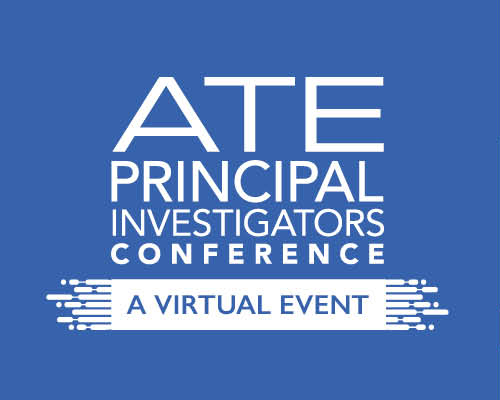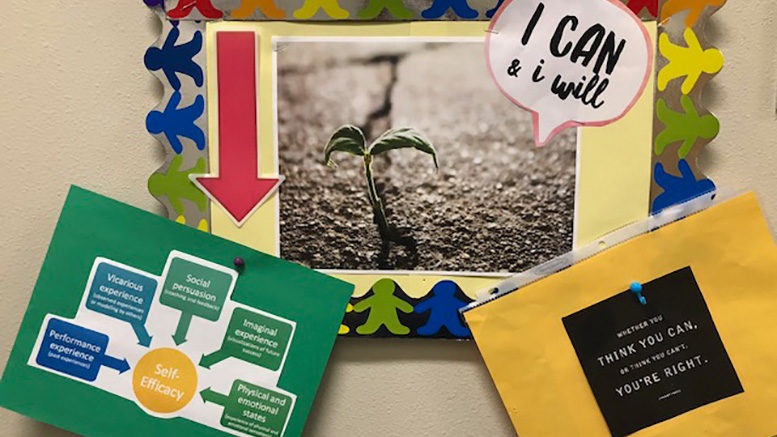From what Kathy Albin learned through a program called “Micromessaging to Reach and Teach Every Student,” she knew that even very brief verbal and nonverbal communications can affect behaviors.

Still, it was startling when a faculty member confronted her about the discomfort he felt while doing the Implicit Association Test she had asked him and other colleagues to take.
Albin, a student success navigator at North Idaho College (NIC), led the college’s four-person team that learned about micromessaging at the Educators’ Equity STEM Academy (EE-STEM II), which the National Alliance for Partnerships in Equity (NAPE) offered in 2018 in 2019. This professional development program, funded by an Advanced Technological Education (ATE) grant from the National Science Foundation, provided educators with tools for building equitable learning environments in science, technology, engineering and math (STEM). NAPE leaders say that equity exists when everybody in the class gets what they need to succeed.
Talking it through
In an interview following her presentation this week at the 2020 Virtual ATE Principal Investigators’ Conference, Albin said the STEM instructor “came back and said ‘I don’t know if I want to be a part of this group because I’m feeling like you’re asking me to make significant changes in my teaching practice.’”
Albin said she explained that wasn’t the intent. She told him students “adored” him, but also pointed out that he, like all other people, had implicit biases that affect one-on-one interactions. After making clear that she knew he would not do anything to intentionally offend students, she asked if he could think of anything that would make students feel more welcome in the gateway STEM course he taught.
“When we talked about that he totally changed his view, and he became one of our most active members of the committee,” Albin said. Following that conversation he re-recorded the welcome message for his online course.
Other accomplishments of the now 10-member committee at NIC include the following:
- A presentation to the college’s leadership team that led to the Inclusive Excellence program, which combines equity work with other campus-wide diversity initiatives.
- Creation of a two-credit, graduate-level Teach Students How to Learn course that 21 NIC faculty members took in 2019 and six have enrolled in so far this fall.
- “Positivity” postcards that NIC faculty use to send personal affirmation messages to students attending in-person and online classes. The cards are patterned on NAPE’s Kudos Cards but are decorated with NIC insignia and quotations the team chose.
- Short videos for NIC faculty to view about micromessaging, self-efficacy, cultural stereotypes and implicit biases, and growth mindset — key topics covered by EE-STEM.
- A presentation at the Idaho REACH Conference led to Idaho State University (ISU) adopting some of NIC’s equity initiatives.

Karen Ludwig, director of the Center for New Directions at ISU, explained in an email that she and her colleagues were “very impressed” by the NIC team’s work on equity.
“One of our favorite initiatives and one that we could implement pretty easily was the creation of ISU-specific note cards, patterned after the NAPE Kudos Cards. My colleague and I taught a college-wide professional development, in-service class on building self-efficacy in students and giving ‘wise feedback’ (another NAPE concept). At the end of the workshop, we handed out these cards to faculty and staff, and they were well received.”
An Adult Education Center in Idaho has also adapted NIC’s positivity cards to encourage its students.
Resulting changes
Gregory D. Jackson, NAPE associate director of membership and partnerships, explained during his ATE PI Conference presentation that “self-efficacy is strongly correlated to student success” and “when students have high self-efficacy they can challenge social norms.”
He reported that evaluators of EE-STEM II identified numerous positive results from the three-year project. They found large gains in the knowledge and skills among the participants who were 92 instructors from 15 institutions — community and technical colleges and secondary schools — in 10 states.
- 93% of participants reported they had changed their practices in minor ways, such as identifying and challenging cultural stereotypes and reinforcing “growth mindset” by praising students for their efforts rather than intelligence or final results.
- 83.7% of participants reported observing impacts of their equity actions on students, such as increased student engagement and self-efficacy.
Participants’ outreach led to 342 other faculty members and administrators engaging in efforts to create more equitable learning environments.
The evaluation summary noted that “in terms of impact on institutions, participants reported observing greater awareness of the importance of creating an equitable learning environment and also more frequent conversations with colleagues about equity and the performance of students from historically underserved groups, namely women and girls, students of color, and students with disabilities.”
To continue the EE-STEM II project’s work, NAPE is launching an affinity group that will hold Lunch, Laugh and Learn virtual meetings in the near future.

